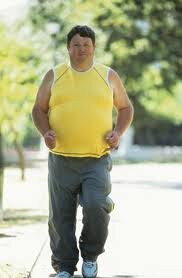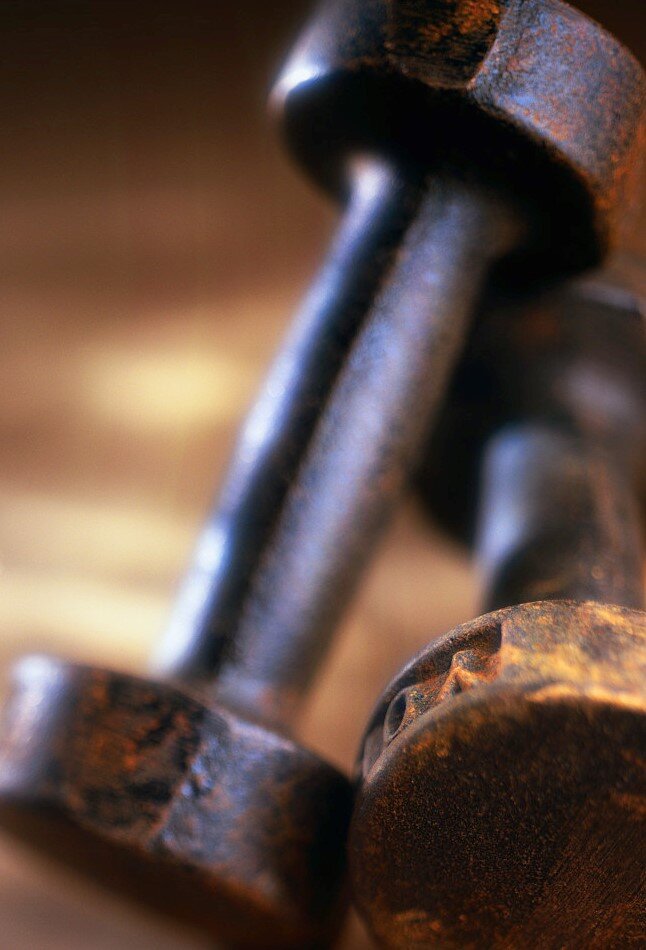Let me first say a big Thank You to all of you that wrote in wanting more information on target heart rate. I very much appreciate the opportunity to answer your questions so that you can get the results you deserve.
No one goes through their workout for the fun of it. If you put the time, energy, and sweat into it you expect results, right?
What's that old saying -- Time is the currency of the 21st century. So none of us has any time to waste doing things that don't get results.
Here's the answers to the questions I received this past week.
What's the big deal about the amount of time spent doing steady state cardio for weight loss?
Did you know that there is a 50-90% injury rate in the first 6 weeks for those just starting a serious exercise program?
Why?
Because most people just starting out are not prepared physically for what most programs suggest as the best way to lose body fat. And yes, you guessed it, most programs suggest hours and hours of steady state cardio. All those hours and miles do serious damage to the lower back, hip joints, and knees. That's what makes interval training so effective -- it challenges you more as you get better.
In my previous blog I mentioned the inaccuracy of the standard 220 - age to determine your heart rate zones. The variance of 10-12 beats for 70% of the population versus 20-24 beats for 30% of the population is important because it means the difference between not training intensely enough to get results versus risking too much intensity.
Plain and simple it's dangerous to not wear your own heart rate monitor and not know the range that works for you. Rather than spend hours beating your lower body into oblivion, use cardio intervals to decrease your overall hours doing cardio, and increase your results. One of the few cases where less will equal more. Sounds like a good deal to me.
Why are weight lifting circuits more effective in burning fat and maintaining lean muscle?
Just doing steady state cardio does not tell your body to preserve your valuable muscle tissue. In fact, in some cases steady state cardio will have you lose lean muscle tissue. The more lean muscle tissue you have the higher your resting metabolism (remember when you burn fat as the primary fuel source), so you want to keep as much as possible. Weight lifting circuits tell your body to maintain the lean tissue because it needs it to lift weights, but get rid of the body fat because it decreases your efficiency. Remember, your body's goal is go get efficient at whatever you tell it to do. So you want to maintain lean tissue and get rid of unhealthy body fat.
So there you have it. Even more reasons to stop the useless hours of doing steady state cardio and start doing cardio intervals and/or weight lifting circuits. You'll lose body fat quicker, look better, have more energy, and decrease your risk of injury compared to hours of steady state cardio.















